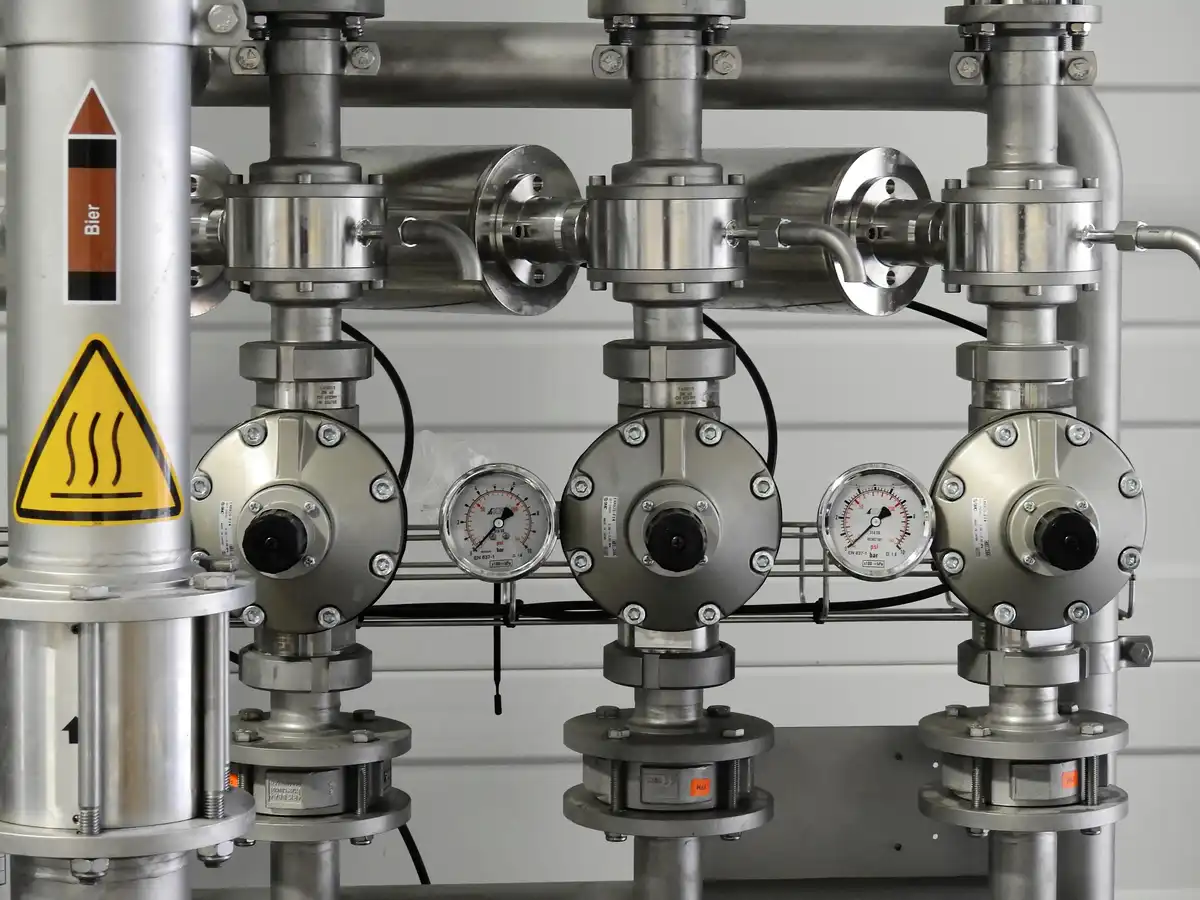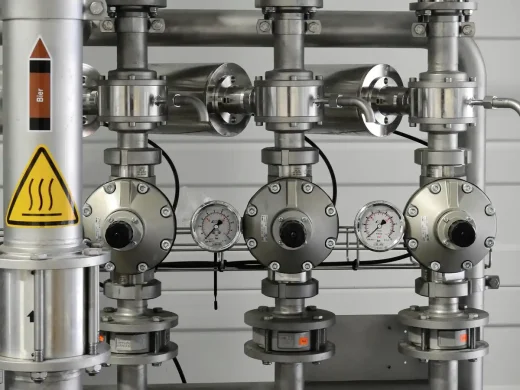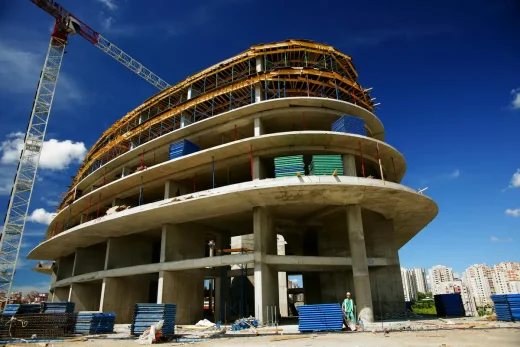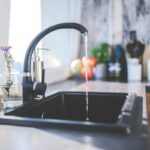Winterizing plumbing in winter, Homeowner plumber advice, Building owner maintenance
Winterizing Your Plumbing in Winter Guide
17 November 2024
The Ultimate Guide to Winterizing Your Plumbing this Winter
As winter approaches, winterizing your plumbing becomes essential to prevent costly damage caused by freezing temperatures. When water inside pipes freezes, it expands, putting pressure on the pipes, which can lead to cracks or bursts, flooding, and water damage.
These issues can be expensive to repair, and the aftermath may result in mold growth and structural problems. By taking the necessary steps to protect your pipes, you can avoid these risks and ensure your plumbing remains functional throughout the season.
Whether you choose to tackle the job yourself or hire professional plumbers, proper preparation can save you time, money, and hassle.
Why Winterizing Your Plumbing is Essential
Winterizing your plumbing prevents serious damage caused by freezing temperatures. When water in pipes freezes, it expands, creating pressure that can lead to cracks or bursts, causing flooding, water damage, and structural issues.
These repairs are costly, and water damage can lead to mold and health hazards. By winterizing your plumbing, you avoid these risks and save money. Preventive steps also ensure reliable water access throughout winter, keeping your home safe from unexpected plumbing issues.
Step-by-Step Guide to Winterizing Your Plumbing
Properly winterizing your plumbing involves a few key steps to protect pipes and fixtures from freezing temperatures. Here’s how to get started:
- Step 1: Insulate Pipes
Start by wrapping pipes in unheated areas—like basements, attics, crawl spaces, and garages—with foam insulation, pipe sleeves, or heat tape. Insulation helps retain warmth, keeping pipes above freezing even when temperatures drop significantly.
- Step 2: Seal Gaps and Cracks
Look for any gaps or cracks around windows, doors, and where pipes enter or exit walls. These gaps can let in cold air, which raises the risk of freezing pipes. Seal these openings with weatherproof caulk or spray foam insulation to reduce drafts and maintain indoor warmth.
- Step 3: Keep Garage Doors Closed
If you have pipes running through or near your garage, make it a habit to keep the garage doors closed. This helps keep cold air out and protects any exposed pipes within the garage area.
- Step 4: Maintain a Consistent Temperature
Set your home thermostat to at least 55°F (13°C), even if you’re away, to help prevent pipes from freezing. A steady, moderate temperature can prevent sudden drops that lead to freezing and potential pipe damage.
Preparing Outdoor Plumbing
Outdoor plumbing fixtures and pipes are highly vulnerable to freezing temperatures, so it’s essential to winterize them thoroughly. Here’s a step-by-step guide to help protect outdoor plumbing:
- Step 1: Drain and Store Hoses
Disconnect garden hoses from outdoor faucets, drain them thoroughly, and store them indoors. Leaving hoses attached can trap water, which can freeze and expand, damaging both the hose and the faucet.
- Step 2: Shut Off Outdoor Faucets
Locate and turn off the shut-off valve that controls the water flow to outdoor faucets. Once turned off, open the faucet to drain any remaining water in the line. This simple step prevents water from sitting in pipes where it can freeze and cause a burst.
- Step 3: Cover Outdoor Faucets with Insulation
Place an insulated cover or cap over outdoor faucets to protect them from the cold. These faucet covers are inexpensive and easy to install, and they provide an added layer of protection against freezing temperatures.
Checking for Leaks and Vulnerable Areas
Before winter arrives, inspect your plumbing for leaks and vulnerable areas that may freeze. Addressing issues early can prevent frozen or burst pipes later.
Check for leaks in exposed pipes, faucets, and fittings. Even small leaks can cause major damage if frozen. Repair leaks now, tighten loose fittings, and replace worn seals.
Pipes near exterior walls, in uninsulated attics or basements, and under cabinets are especially prone to freezing, ensure they are insulated with extra protection like foam or heat tape. Inspect pipe insulation, if it’s old or damaged, replace it with thicker insulation to protect pipes in freezing-prone areas.
Special Considerations for Vacant Homes
If you are away during winter, take extra precautions to protect your plumbing. Shut off the main water supply to prevent flow into pipes. Open faucets to drain any remaining water, reducing the risk of freezing and pressure buildup.
If your heating is unreliable, use space heaters in vulnerable areas like basements. You can also add non-toxic antifreeze to toilets, sinks, and drains to prevent freezing water.
Professional Help vs. DIY Winterizing
When winterizing your plumbing, you can choose between DIY or hiring a professional. DIY tasks like insulating exposed pipes, sealing gaps, and draining outdoor faucets are simple and cost-effective for most homeowners.
However, if you’re dealing with hard-to-reach pipes, complex systems, or uncertain conditions, a professional plumber may be necessary. They can inspect your plumbing thoroughly, identify hidden risks, and ensure all areas are properly protected.
Hiring an expert offers peace of mind, especially if you’re unsure about the proper steps or the state of your plumbing, preventing costly mistakes down the line.
Winterizing Plumbing Conclusion
Winterizing your plumbing is a crucial step in protecting your home and avoiding costly repairs during the cold months. By taking proactive measures like insulating pipes, sealing gaps, and properly preparing outdoor plumbing, you can prevent freezing and burst pipes that lead to water damage.
Whether you choose to handle the winterization process yourself or seek professional help, it’s important to act before the first frost hits. Taking these simple yet effective steps now will save you time, money, and stress throughout the winter season, ensuring that your plumbing system remains safe and reliable when you need it most.
Comments on this guide to Winterizing plumbing in winter article are welcome.
Home Plumbers
Property Plumbers Posts
How emergency plumbers stop structural damage
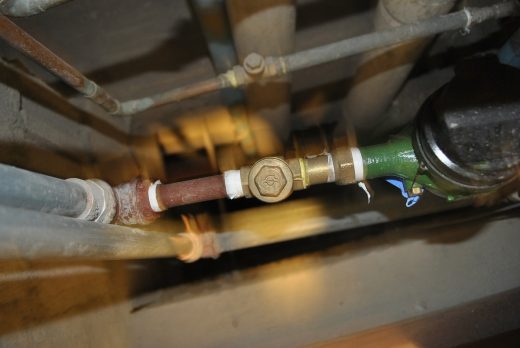
DIY solutions for common plumbing mishaps
How plumbing factors into your new home build
Tips for hiring a commercial plumber
Building
Residential Property
Comments / photos for the Winterizing plumbing in Winter at home page welcome.

